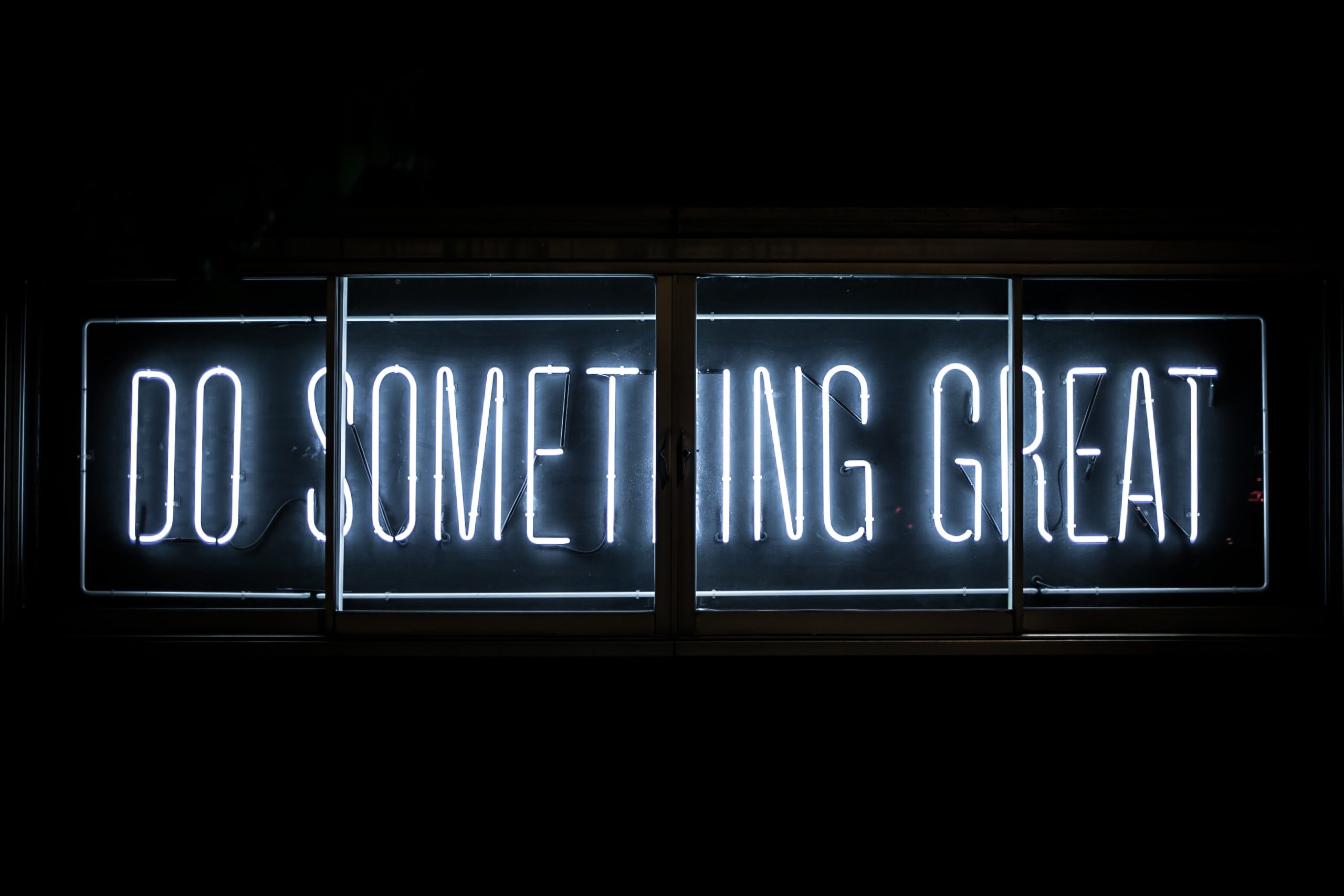How do you respond to stimulus? Is your brain most capable, most flipped on in quiet? Or is your brain at it’s best when there is noise, people, movement? Our schools and workplaces are designed to provide large doses of stimulation. Typically we work and learn in groups. Our schedules are filled with endless meetings or classes. Our learning environments and work cultures are designed for those who thrive on stimulus. We call them extroverts.
One-third to one-half of our population are introverts — people whose minds are at their best in moments of solitude. One out of every two or three people you know need more stillness. And yet, our world is not shaped for brains who need quiet.
One thing we learned in two years of pandemic shut-down is most of us needed more space, quiet, solitude. Many introverts rediscovered their huge need for peace and calm. We began to get in touch with our full potential because we could build into our days long walks, silent lunches, or simply work on the project alone. Even our social gatherings are in loud crowded bars or gigantic stadiums that boast of holding tens of thousands. Introverts would much rather have a quiet dinner at home with friends or watch the game on the back porch with the neighbors — not all the time, of course, but much of the time. The key to maximizing our own potential is to put ourselves in the environment that is right for us. As our nation gets back to it’s fast pace schedules and loud environments, it’s helpful to recognize that culturally we need a better balance between stimuli and quiet contemplation.
A quick survey of some stellar leadership reveals introverts are formidable leaders. Eleanor Roosevelt, Rosa Parks, Mother Teresa, Gandhi all describe themselves as quiet and soft spoken. They all took the lead even though it went against their grain to be in the spotlight. People recognize these leaders and other introvert leaders as purposefully stepping into a lead role not because they wanted to order people around or enjoyed being in the lime light but because they were driven to do what was best for everyone. That is powerful leadership.
We need more balance in our environments for space, quiet, and solitude to allow our introverts to thrive. Studies show creatives often have a pretty serious leaning toward introversion. Solitude is a crucial ingredient to creativity. To foster new ideas and the advancement of new ideas, we need to give people the space and tranquility required. Dr. Seuss, the famous children’s author and illustrator, imagined fascinating colorful characters in the solitude of his back yard office. He was afraid to meet the children who loved his books for fear he wouldn’t meet their expectations of a fun-loving, boisterous, grandfather-type figure. He suspected they would be disappointed with his reserved personality. What a great example of a creative who generated history-making ideas in silence. He purposely put himself in the environment he needed.
Making time and space for quiet seclusion doesn’t mean we need to stop connecting and collaborating. It only mean solitude matters. This is not a new concept. For a millennium, we valued the transcendent power of solitude. In our current fast-paced world, we’ve lost sight of it’s value. When we reflect on history, we find many leaders who went off to the wilderness where they experienced a real revelation and intentionally brought it back to the community — Moses and Jesus to name two. As Susan Cain says, “No wilderness. No revelation.”
Psychologists tell us when we are in a group of people we instinctively mimic their opinions. And groups regularly follow the loudest opinion in the room. If we want unique ideas, new insight, fresh revelation, we need to go to the wilderness or at least get out of the crowd. As we think about balance in our life, let’s incorporate more spaces of peace and quiet and embrace more moments of solitude for the good of the entire community.












